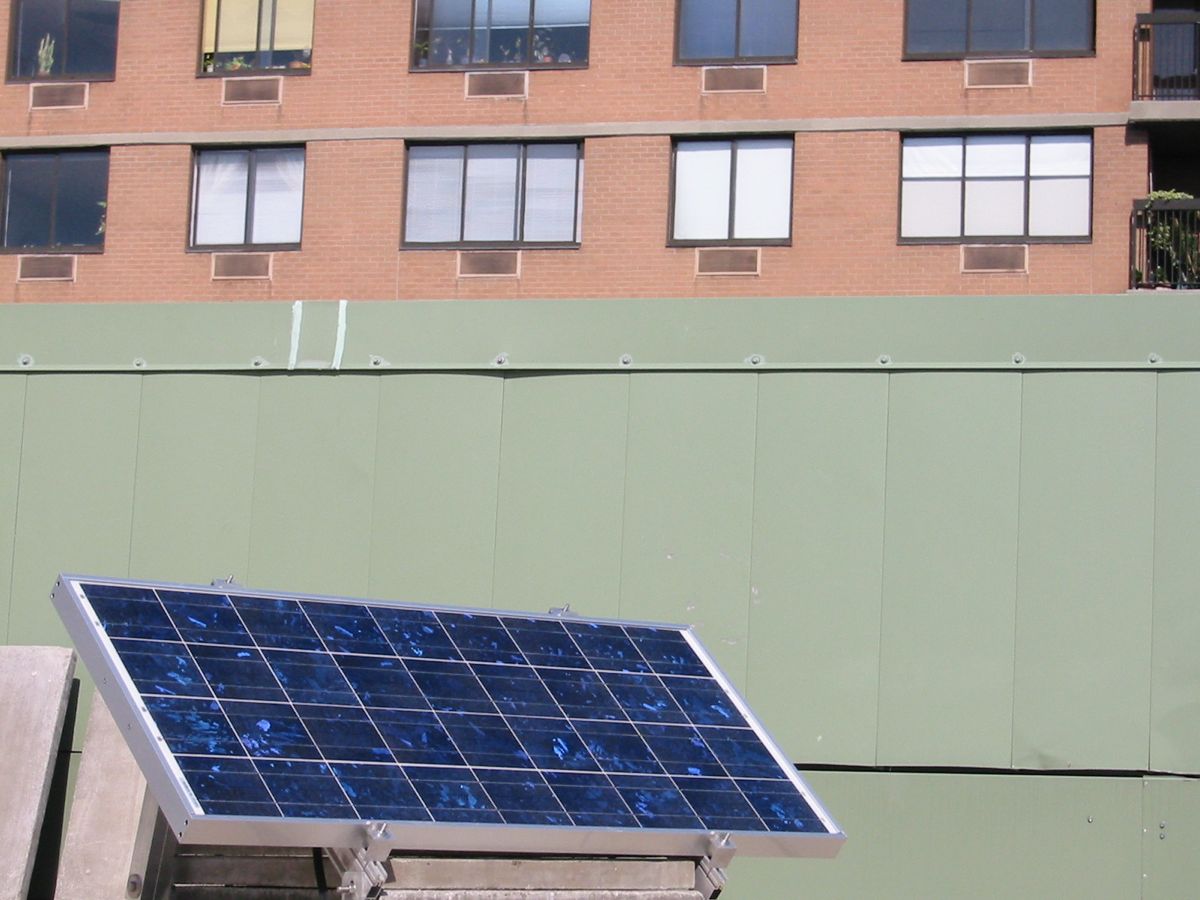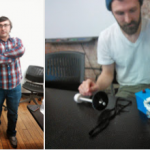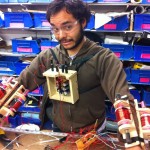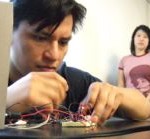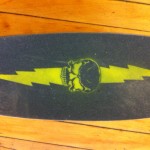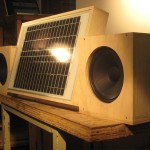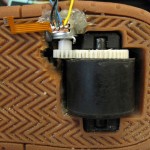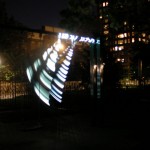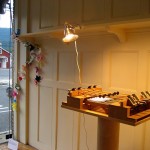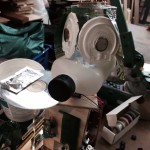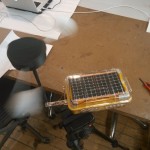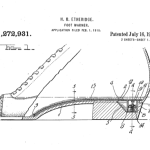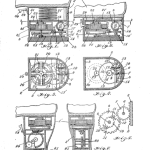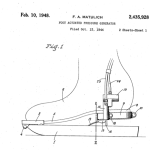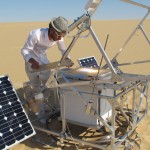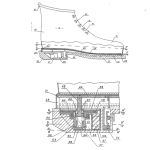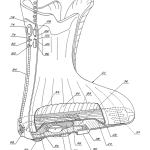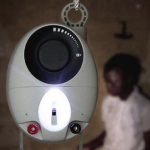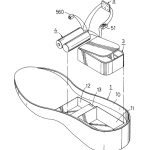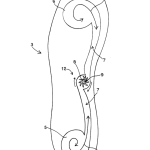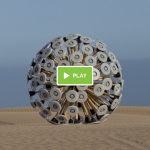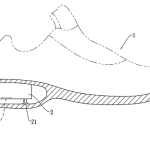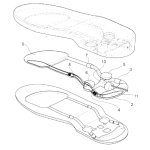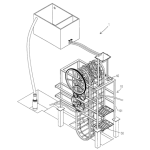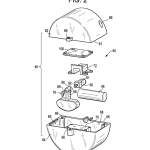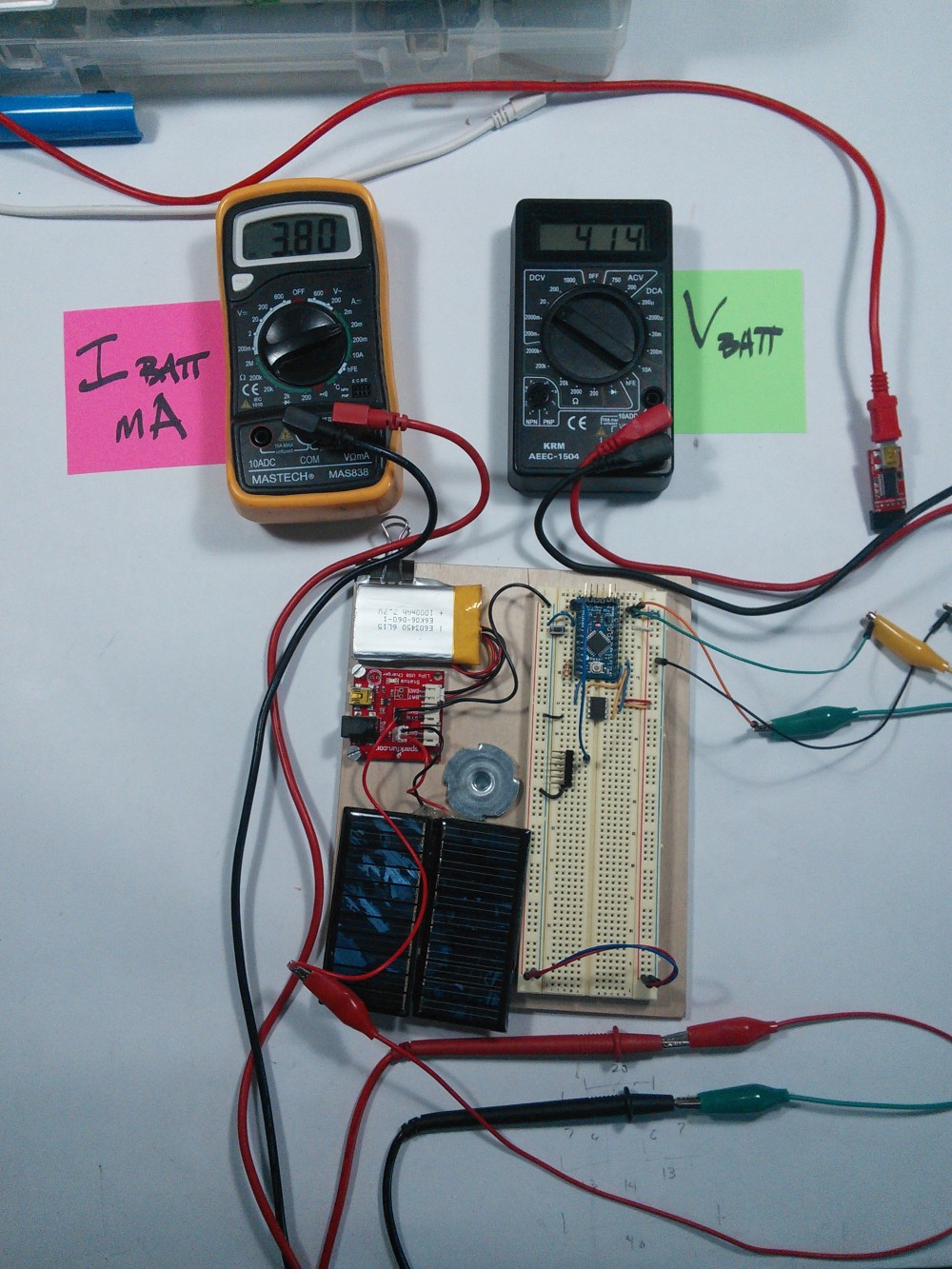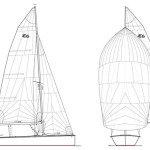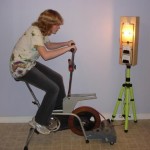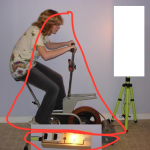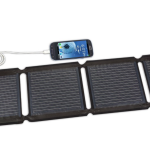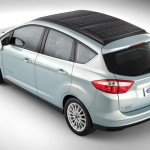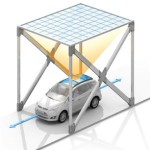Tuesdays, 9 – 11:55AM
Go to: Main class page goto week: 01 02 03 04 | 05 06 07 08 | 09 10 11 12
Schedule Overview:
| Date | Class | Date | Class |
|---|---|---|---|
| 2/3 | 1. Intro | 3/24 | 6. Batteries, solar field trip |
| 2/10 | 2. Kinetic 1 | 3/31 | 7. Solar 2 |
| 2/17 | No class | 4/7 | 8. Solar presentations |
| 2/24 | 3. Kinetic 2 | 4/14 | 9. Special Topics |
| 3/3 | 4. Kinetic challenge presentations | 4/21 | 10. Special Topics |
| 3/10 | 5. Solar 1 | 4/28 | 11. Workshop |
| 3/17 | Spring Break - no class | 5/5 | 12. Finals |
Student Documentation:
Links will go here
[row class=”row-fluid”]
[col class=”span4″]Craig Pickard
Edwin Reed-Sanchez
Magdalena Kovarik
Danara Sarioglu
Joao Costa[/col]
[col class=”span4″]Oryan Inbar
Catherine Rehwinkle
Isabel Paez
Jacob Wasserman
Edson Soares[/col]
[col class=”span4″]Francisco Ramirez
Hugo Lucena
Joseph Mango
Natalia Cabrera
Yifan Hu[/col]
[/row]
Some previous class projects:
Synthenetic, Circuit Board, SolaSystem, Heely generators, Light Swing, Solar Xylophone and some of Rory’s other stuff, Sam Galison’s squeezebox
Week 1: Introductions
2/3/15
Most of your projects at ITP have an on button and a power supply – they are active energy users. Your projects are possible because computation has become extremely efficient, abundant, and cheap. At the same time, the work you create at ITP may help make technology more irresistible, an increasing part of daily life. The energy consequences of that on button are magnified.
But if you’ve ever smelled that “hot electronics” smell from a frying TIP120 or LM7805, you’ve been closer than most to tackling questions about energy directly. And because of your work at ITP, you are in a good position to understand energy in a precise and nuanced way – an understanding generally all too lacking.
In this first class we begin the adventure of looking at the world – from the scale of an individual electronics project to the scale of the universe – in terms of energy. We introduce (or reintroduce) some of the few terms and units we will rely on throughout the semester: watts, joules, work, power.
The first class serves as an introduction to some of the larger themes we will pursue over the course of the semester. We look at the origins of the course and the relevant parts of my background, and hear from you about your experience and expectations.
More energy projects:
Photos: Soccket (See PM story from 2010 and updated in 2011), Gravity Light, Mine Kafon, Solar Sinter. Others are kinetic energy patents through the ages – filename = patent number.
In class:
- 2003 Blackout presentation
- Kinetic Energy slides
- Build pendulums

Professor Calculus values the pendulum. - Sign up for a weekly R&D presentation.
- Form teams for the kinetic challenge.
Reading:
- An excerpt from Vaclav Smil’s earlier work: Energies: An Illustrated Guide to the Biosphere and Civilization. 1999, MIT Press, online here [pdf, 2.2mb]
Assignments:
- Gravitational potential energy (GPE) is the product of an objects mass, acceleration due to gravity, and it’s height. Can you estimate the GPE of your pendulums from class right before they were released?
- Find one or more potential “converter” candidates for the Kinetic challenge. DC gear head motors work very well. Steppers, or (to a much lesser extent) piezo crystals are potential candidates. Also find light sources – hi bright LEDs, etc. Can you get your converter to light up your light? Bring all materials to class next week. Also brainstorm solutions for the challenge with your partner.
- Watch the section of this video (from 22:25 to 30:30) that introduces conservation of energy.
Housekeeping:
- Get the Smil text.
- Send me the link to where you will be keeping your documentation. Remember – your link should take me just to stuff for this class.
- Sign up for a shop safety session if you did not take one last semester; and sign up for a shop cleaning time. See the pcomp site for signups.
Week 2: Kinetic Energy 1 – Generating and Conditioning
2/10/15
We’ll quantify kinetic energy, and see how it is converted into electricity (accounting for almost all of the world’s electricity generation).
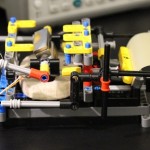 Last week we used some basic physics like force = mass * acceleration to start to understand our SI units for energy (the joule = 1 newton * 1 meter) and power (1 watt = 1 joule / 1 second). We used this to calculate things like the difference in gravitational potential energy in the masses of our pendulums when they were raised to their starting points.
Last week we used some basic physics like force = mass * acceleration to start to understand our SI units for energy (the joule = 1 newton * 1 meter) and power (1 watt = 1 joule / 1 second). We used this to calculate things like the difference in gravitational potential energy in the masses of our pendulums when they were raised to their starting points.
This week we’ll start with a very birds-eye view of energy, covering the history of the universe in a few minutes, up to “the world until yesterday”. We’ll see the genesis of heat engines – devices that turn chemical energy from fuel into useful mechanical work and which have fundamentally shaped the modern world; and we’ll introduce induction, the primary means by which we turn mechanical work into electricity. Almost every electron we use is pushed to us this way.
In class:
- Lab: Generating and Conditioning. Topics will include:
- Measuring current with a meter
- Measuring open circuit voltage, closed circuit current of a converter
- Intro to: Voltage regulators, bridge rectifiers, role of capacitors
- Kinetic Energy presentation review
- 5 Minute Energy
- Kinetic Electrical one-sheet
Reading:
- Smil, Energy, a Beginner’s Guide Chapters 1 and 2
- Energy Scavenging for Mobile and Wireless Electronics, Paradiso, Starner, 2005.
- Some good material on induction can be found in this recent Make project
Assignment
- Continue building your kinetic device. Determine a means for storing energy (e.g. suspended mass, as in Gravity Light, capacitor, etc.).
Week 3: Kinetic Energy 2 – Storage and Measuring
02/24/15
We’ll look at the connection between motion and electricity via induction, and quantify the energy stored when charging capacitors.
An LED is a pretty forgiving load to power, since it doesn’t doesn’t need to boot up and compute anything. As long as we provide enough current (but not too much) we can light it up. So using an LED (or rather, light in general) for the kinetic challenge is a good place to start. However, we might eventually want to power a less forgiving load – something like a microcontroller that requires a more carefully regulated power supply.
The Paradiso/Starner reading gives a good introduction to the kinds of sources that might be considered for powering mobile electronics. (BTW – they’ve treated each topic covered in that paper in more depth elsewhere. Search for their papers if a particular area is of interest.) Typically those sources are low power and intermittent, both factors in requiring some degree of energy storage.
In class today we’ll look at adding capacitors to the rectifier circuit we saw last week, and we’ll calculate the energy stored in a capacitor. Once we know that we can determine the “real world” power a generator is capable of by using it to charge a capacitor: the energy added to the capacitor, divided by the time to do it, yields the power of our generator.
Student Presentations: Edwin, Magdelena
In class
- Kinetic quiz
- Discuss Paradiso and Smil
- Strategies for conditioning kinetic input. We *might* also get to general notes on energy storage; if so I’ll post them here.
- See kinetic challenge hardware in progress
- Lab: Measuring power by charging capacitors (worksheet)
Reading:
- Smil – chapter 3.
- Biomechanical Energy Harvesting, Donelan et. al.
Watch: Inductor video for more information on step up converters and using steppers as inputs
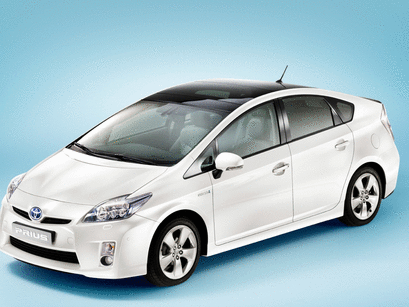
Assignment: Finish kinetic challenge for presentation next week. Be prepared to quantify your work using energy and power terms.
Boost converters from Jeff Feddersen on Vimeo.
Week 4: Kinetic Challenge Day
03/3/15
You will present your creations for the kinetic challenge in class. We’ll wrap up kinetic issues and take a detailed look at wind turbines. Some projects from last year:
Kinetic Presentations
Theme for the day:
In class:
- Turbines (pdf)
- Intro to solar data-logging project
- Workshop final concepts
Reading:
Commit to a deep reading of one or more chapters of the remaining Smil text, and skim the rest. Email me what you choose to read in detail.
Watch: Solar 1.1 and Solar 1.2. We’ll review this material in class next week. Email me when you’ve finished watching both.
Assignment:
Prep for the data logging challenge. Choose a microcontroller, sensor, and external storage or radio as necessary (onboard EEPROM is OK too). Order parts if you need them. Before Spring Break, we want to have the micro and sensor connected and taking readings.
Some useful links for this project: Jeelabs low power library – dramatically reduce power consumption on your microcontroller. This weather station project – a good walk through of designing a solar powered weather station (not Arduino per se but similar) – as well as these specific notes on solar charging.
Week 5: Solar 1
03/10/15
We’ll take a first look at photovoltaics – a non-induction means of generating electricity.
Aside from nuclear, tidal, and geothermal energy, all energy ultimately comes from our sun. In space, near earth, this power flow is about 1370W per square meter; on earth with the sun directly overhead we can expect about 1000W per square meter. This enormous power flow drives the wind and waves (the kinetic energy of which we can capture), lifts the water that rains down and fills damn reservoirs (the elevation of which provides gravitational potential energy), and, for billions of years, has been captured by life on earth, subsumed by geological forces and transmuted into the fossil fuels – coal, oil, natural gas – that are currently powering our civilization.
Pictured above – prototype datalogger. Sparkfun lipo charger, 3.7V 1000mAh battery, Arduino Pro Mini @ 3.3V 8Mhz, and 1Mb flash memory from Adafruit. Think the panels were surplus or removed from something else. ~6V OC @ 50mA.
Guest: We will have Jeff Crystal from Voltaic Systems will be joining us. Voltaic sells a line of bags with integrated PV, along with the panels and batteries separately. Jeff works with special projects that use Voltaic parts, and you can see some of those projects on the Voltaic blog here (Jeff’s posts here). Jeff also donated a number of panels that will be available for the class.
Student Presentations: Joao, Joe
In Class:
- Review Solar 1.1 and 1.2 (pdf here)
- Preview Energy Storage and preview Batteries material for next week’s class
- Hands-on: measuring PV
- Demo: some measuring devices (e.g. kill-a-watt, etc).
- Exercise: ITP power budget
- Discuss final pitch requirements 3/24
Reading:
- Read the Smil sections of interest you choose in depth.
- MacKay, chapters 1 and 2.
Assignment:
Measure and record the power used by your equipment. Take measures (deep sleep, turning off unneeded peripherals, etc.) to minimize power consumption. Estimate the battery capacity needed to run the project for 24+ hours, and the PV needed to meet exceed the average daily power consumption of the device (including battery charging).
Useful links: Evil Mad Scientist did a nice write up starting with the simplest possible solar powered circuit, then progressively upgrading to include caps, batteries, and mircrocontrollers. NREL provides this calculator (and other tools) for predicting seasonal available solar power at a specific location.
3/17 Spring break – no class
Week 6: Batteries, Solar field trip
03/24/15
We’ll consider batteries, and take the department’s portable solar kits out to Washington Square Park.
I’ve visited Thomas Edison’s factory in East Orange, NJ, now a national park. On display are Edison’s library, large and precision machine shops, his early recording studio (where a variety of cones performed the function of microphones) and a reproduction of “Black Maria”, the house-like film stage with a retractable roof that could be rotated to follow the sun.
Edison developed a robust nickel-iron battery used in early electric transportation applications. Many of his other devices, such as the cylinder recorder shown below, were powered by batteries in beautiful glass jars. Improvements in batteries since this time have been incremental – while the power density of batteries has increased (the ability to rapidly charge and discharge), their overall energy storage per unit of mass or volume has increased less rapidly.
Some battery news this year (will any be around next year?) Sakti3, kAir (see also here), and packing peanuts.
[row class=”row-fluid”][col class=”span6″]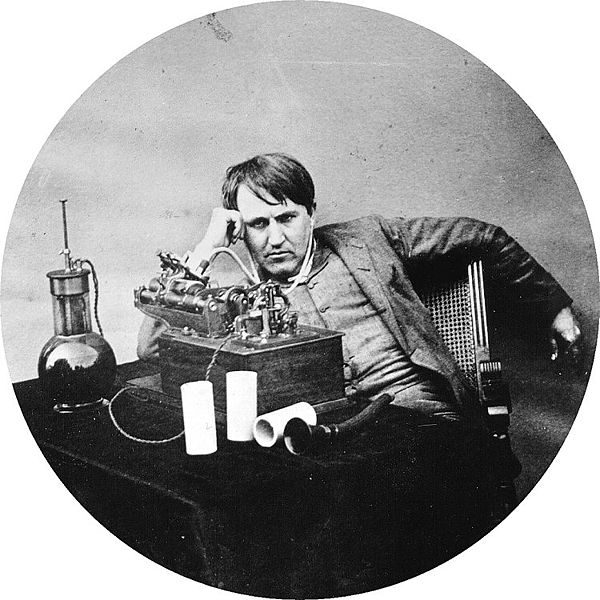 [/col][col class=”span6″]
[/col][col class=”span6″]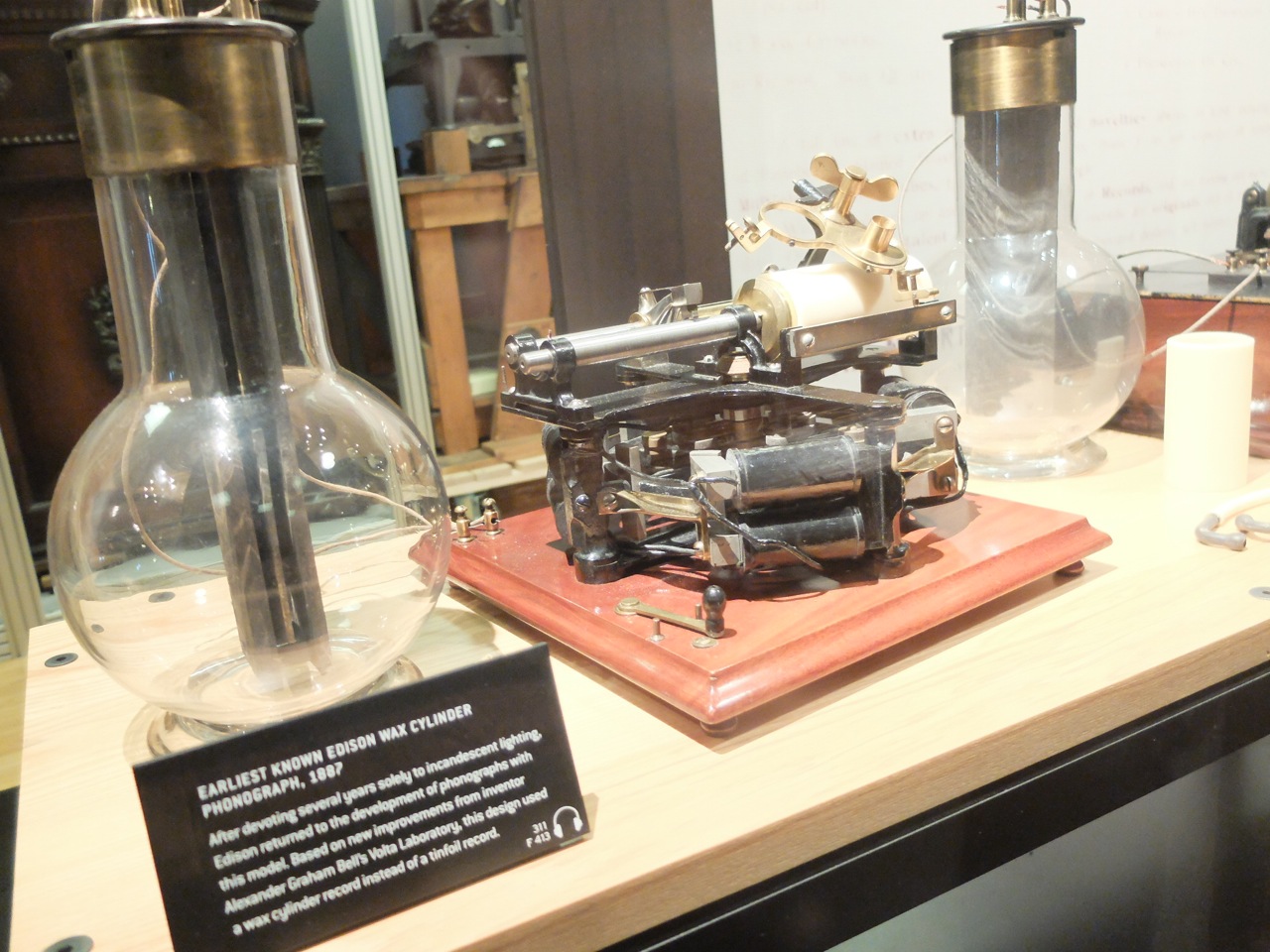 [/col][/row]
[/col][/row]
Student Presentations: Jacob, Edson, Yifan
In class:
- Discuss Storage and Battery slides (linked from last week).
- Energy storage exercise
- Solar field trip
Reading:
- Finish the Smil reading (focusing on your area of interest, and skimming the rest).
- Read two sections of interest in the MacKay. Email me to let me know what you are focusing on.
- Scan these Solar-2 slides for discussion in class next week.
Watch: Remaining solar videos (“Solar 1.3 Case Study” and “Solar Demo“).
[row class=”row-fluid”][col class=”span4″][/col][col class=”span4″][/col][/row]
Assignment: In addition to continuing your data logger work, prepare your a pitch for your final project next week. We will have 5-10 minutes per student to present the idea you will work on for the rest of the semester. Have the the following information on your blog, and use it for the pitch:
- Project name or code name
- 7-word “slug line”
- 1-2 paragraph description
- Approximate bill of materials
- Weekly schedule through week 12
Useful links: Edison came up in a recent MIT Tech Review article on AC vs. DC. Edison was a proponent of DC, going so far as to electrocute an elephant to “prove” AC was too dangerous for public use. Some of his DC generators for local proto-grids were housed in buildings in lower Manhattan. While AC became the standard for the country-wide grid, so many devices now require conversion back to DC that it may make sense to have DC-based sub grids. Also from MIT, a handy review of the battery terminology introduced this week.
Week 7: Solar 2, final pitch
03/31/15
We’ll look at advanced PV topics, and other non-PV solar technologies. You’ll present a brief outline of your final-final concept to the class.
Photovoltaics are beautifully simple – place a solid material in a place with sunlight and get electricity. But as we’ve seen, the power density is low and the cost high. Could we improve on basic PV by designing a clever system to keep the panel oriented towards the sun? Or to concentrate sunlight on the panel? We’ll see some designs that do this, as well as cover the balance of components needed to round out a typical PV installation beyond the panels themselves.
Student Presentations: Hugo, Danara
In class:
Assignment: Finish Solar challenge
Week 8: Solar Challenge Day
04/7/15
We’ll see the results of your solar data-logging challenge.
Assignment:
- Continue working on final project. Depending on your timeline, you should probably have a workable prototype completed by next week, in time for testing, revision, and documentation.
- Get your documentation up to date. At a minimum, there should be documentation of your kinetic and solar projects, and your R&D presentation if you have given it.
- Come prepared to discuss your areas of interest in Smil and MacKay.
Week 9: Special topics
04/14/15
A chance to catch up on things not yet covered – efficiency, theoretical limits, etc.
Guest: Eric Roston. Author and journalist Eric Roston will be visiting us at the end of class this week. He published a book about carbon, and is the sustainability editor for Bloomberg. He interviewed Vaclav Smil!
Student Presentations: Isabel, Natalia
Week 10: Special topics
04/21/15
Student Presentations: Craig, Francisco
Week 11: Final Workshop
04/28/15
Student Presentations: Oryan, Catherine
Week 12: Final Presentations
5/5/15
